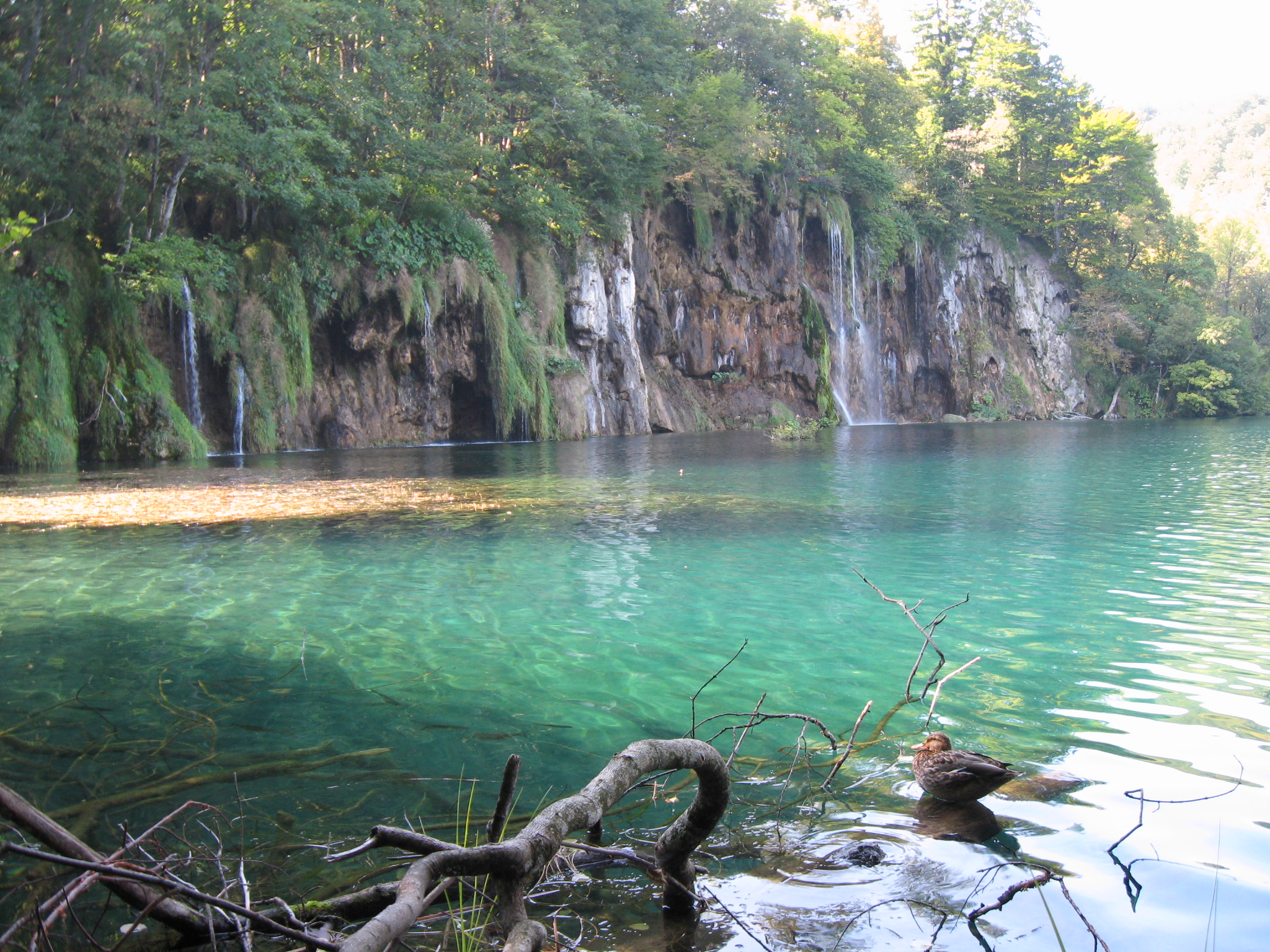
River restoration directly supports the aims of several important water-related policies in Europe. In particular, large-scale river restoration offers opportunities to promote healthier, more resilient river ecosystems, while at the same time meeting multiple environmental and social policy objectives such as improved water quality and habitat.
The EU Water Framework Directive (WFD) requires member states to attain good water status for all water bodies. The WFD promotes integrated river basin planning in order to achieve ecological objectives, and large-scale restoration activities can play a key part in enhancing the quality of river systems from the source to the sea. Member states submitted the first River Basin Management Plans (RBMPs) in 2009 and these are due to be revised in 2015.
What is the Water Framework Directive (WFD)?
While the WFD offers opportunities for river restoration, achieving its targets has fallen short due to several challenges. The Blueprint to safeguard Europe’s waters Consultation identifies gaps and possible actions to improve and accelerate implementation, including water-related green infrastructure. (View the RESTORE submission to the Blueprint).
In 2013, the European Commission issued a strategy on green infrastructure to make greater use of wetlands and other natural and semi-natural areas across Europe to support cleaner waters and reduced flood risk.
The restoration of river ecosystems also plays an important part in mitigating and decreasing flood risks, a key objective of the EU Floods Directive, which requires flood risk management plans to be adopted in 2015.
River restoration directly supports the enhanced aquatic ecology of water bodies (defined as parts or whole rivers) through appropriate and cost-effective measures (article 11) aimed at improving both chemical and biological water quality. These requirements are specified to a greater degree where there is a relation to Natura 2000 zones as defined in the EU Birds and Habitat Directives.
River restoration directly improves the habitats of aquatic species of flora and fauna through greater gradients, a more natural hydrological regime and – especially in the case of terrestrial ecosystems that are dependent upon groundwater – sustainable groundwater management (which is covered by the Groundwater Directive).
To comply with Good Agricultural and Environmental Conditions (GAEC) requirements under the Common Agricultural Policy (CAP), river restoration can make a direct contribution to the Nitrates Directive by including buffer zones and reduced inputs of nutrients from agriculture.
Guidance and good practices on the definition and impact of measures aimed at attaining good status can be found through the EU website of DG Environment.
The RiverWiki contains case studies of projects that help meet various Directives.
In 2019 ECRR responded to the Public Consultation to inform the Fitness Check of the EU Water Framework Directive, it's associated Directives (Groundwater Directive and Environmental Quality Standards Directive) and the Floods Directive.
ECRR's main conclusion is that generally not the WFD and RBMP instruments causing problems in achieving results. The regulation itself is clear and well justified. The aspect that fails is the implementation at the local, regional and national levels. This is often based on conflicting objectives, lack of policy coherence or lack of political willingness and understanding, that often negatively influence the use of the instruments. This is further compounded by a lack of positive feedback from the Commission, due to the reliance upon percentage GES/GEP attainment reporting. ECRR remains very much supportive of the WFD and does not want to see it or its ambition weakened. The WFD fits very well with the concept and vision of river restoration promoted by the ECRR, which is expressed by the UN Decade on Ecosystem Restoration aim to restore degraded and destroyed ecosystems. It is likely if the requirements for the WFD are lowered, then the status of rivers will not be subject to as many restoration actions at either a national or an EU-scale.
ECRR's full response report to the Public Consultation to inform the Fitness Check can be downloaded here.